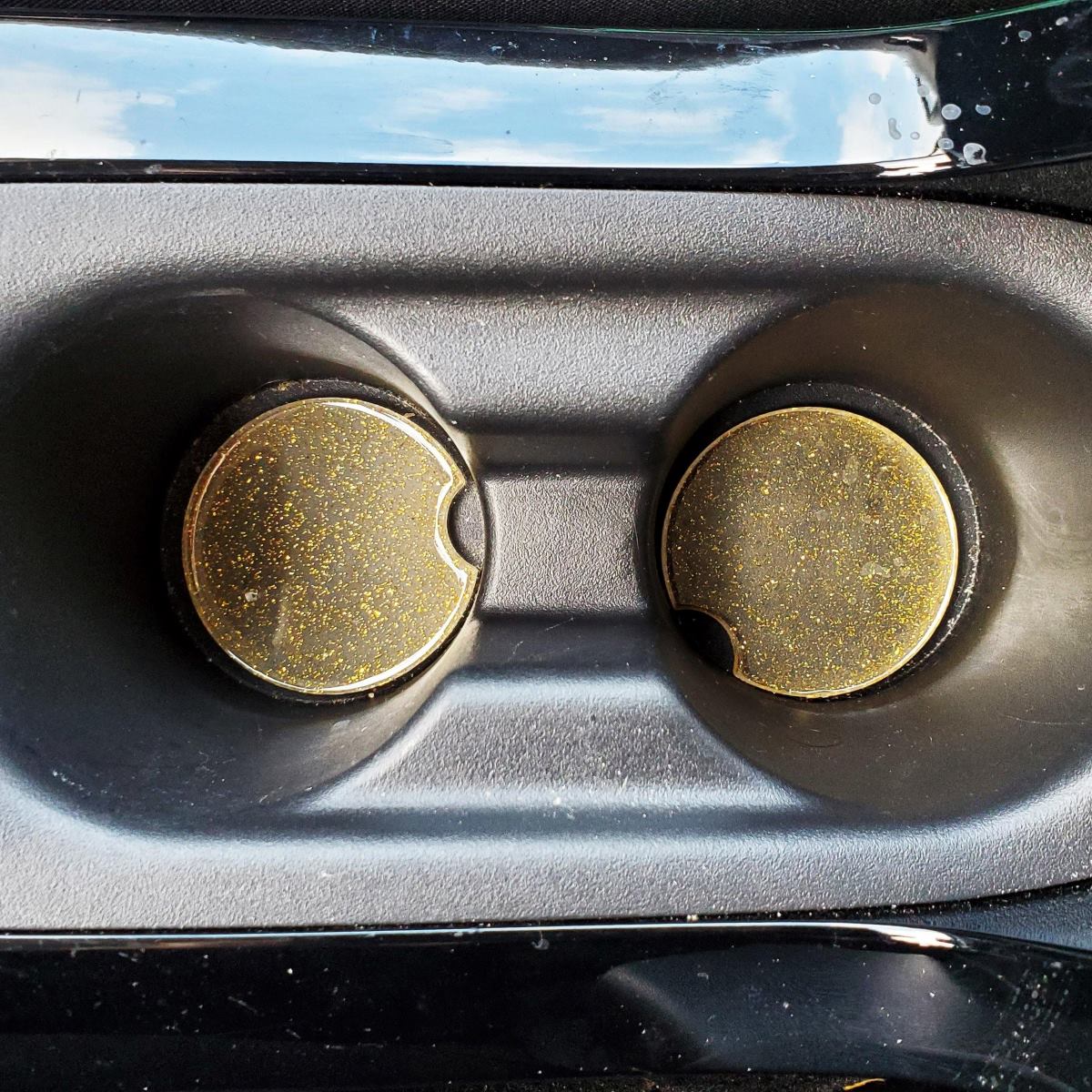

Tableware
How To Make Resin Car Coasters
Modified: January 9, 2024
Learn how to create stunning resin car coasters with our step-by-step guide. Elevate your tableware game with this DIY project![tableware]
(Many of the links in this article redirect to a specific reviewed product. Your purchase of these products through affiliate links helps to generate commission for Storables.com, at no extra cost. Learn more)
Introduction
Welcome to the world of resin car coasters! If you’re someone who loves tabletop decor or enjoys personalizing your car, then these DIY resin car coasters are perfect for you. Not only are they functional in protecting your cup holders from spills and condensation, but they also add a touch of style and personality to your vehicle. Whether you prefer a sleek and sophisticated design or a vibrant and colorful theme, resin car coasters allow you to unleash your creativity and make a statement.
Creating your own resin car coasters is a fun and rewarding craft project that doesn’t require a lot of time or materials. With just a few simple steps, you can customize coasters that reflect your personal taste and complement the interior of your car. In this article, we will guide you through the process of making resin car coasters, from preparing the molds to adding decorative elements and protecting the final product.
Before we dive into the steps, let’s go over the materials you’ll need to get started.
Key Takeaways:
- Unleash your creativity and personalize your vehicle with DIY resin car coasters. Protect cup holders while adding style and personality with vibrant colors, decorative elements, and a smooth finish.
- Enjoy a fun and rewarding crafting experience by following the step-by-step guide to create personalized resin car coasters. From preparing molds to adding decorative elements, explore endless possibilities to showcase your unique style.
Read more: How To Make Flower Resin Coasters
Materials Needed
Before you begin making resin car coasters, gather the following materials:
- Resin: Choose a high-quality epoxy resin specifically designed for crafts. Make sure to read the instructions for the recommended amount needed for the size of your molds.
- Hardener: Most epoxy resins require a separate hardener to activate the curing process. Check the resin manufacturer’s instructions for the appropriate ratio of resin to hardener.
- Mold: Select silicone molds that are specifically designed for making car coasters. These molds are typically round in shape and have a diameter that fits most vehicle cup holders.
- Disposable Cups and Stir Sticks: For measuring and mixing the resin and hardener, as well as adding colors and additives.
- Disposable Gloves: Protect your hands from coming into direct contact with the resin and hardener.
- Colorants: Choose resin pigments or alcohol inks to add color to your coasters. You can use a single color or create unique patterns and designs by mixing multiple colors.
- Additives (optional): If you want to add special effects to your car coasters, consider using glitter, mica powder, or other additives. These can give your coasters a sparkling or shimmering appearance.
- Decorative Elements (optional): Get creative and personalize your car coasters by adding small charms, stickers, or decals that reflect your interests or fit the theme of your vehicle.
- Sanding Pads and Polishing Compound (optional): These will be useful if you want to achieve a smooth finish on your coasters and remove any imperfections.
- Protective Coating: To protect your car coasters and enhance their longevity, consider using a clear varnish or resin coating specifically designed for sealing and protecting resin crafts.
Once you have gathered all the necessary materials, it’s time to move on to the step-by-step process of making your resin car coasters.
Step 1: Prepare the Car Coaster Molds
The first step in creating resin car coasters is to prepare the molds. Follow these instructions:
- Ensure that your molds are clean and free from any dust or debris. You can rinse them with water and mild soap, then dry them thoroughly before proceeding.
- If your silicone molds have a slight stickiness to them, you can use a small amount of mold release spray or baby powder to prevent the resin from sticking excessively.
- Place the molds on a flat and level surface. You can use a tray or baking sheet lined with parchment paper to catch any drips or spills.
- If you want to create layered designs or incorporate different colors, it’s helpful to elevate the molds slightly by placing them on top of cups or other small containers. This will allow you to pour the resin more easily without the colors mixing together.
By properly preparing your car coaster molds, you’ll ensure that the resin sets well and your final product comes out smoothly. Once the molds are ready, you can move on to the next step: mixing the resin and hardener.
Step 2: Mix the Resin and Hardener
Now that your car coaster molds are prepared, it’s time to mix the resin and hardener. Follow these steps:
- Put on disposable gloves to protect your hands and ensure that your work area is well-ventilated.
- Refer to the manufacturer’s instructions for the correct ratio of resin to hardener. Using a disposable measuring cup, pour the appropriate amounts into separate disposable cups.
- Slowly pour the hardener into the resin. Make sure to measure accurately to maintain the proper curing process. It’s important to mix the resin and hardener thoroughly to ensure a proper chemical reaction.
- Using a disposable stir stick, gently stir the resin and hardener together. Make sure to scrape the sides and bottom of the cup to incorporate all the material. Stir until the mixture is completely blended and there are no streaks or swirls. Take care not to introduce too many air bubbles while stirring.
- Set the mixture aside for a few minutes to allow any air bubbles to rise to the surface. You can gently blow on the surface or run a heat gun or torch over it to help release any trapped bubbles.
Remember to follow the specific instructions provided by the manufacturer of the resin and hardener you are using, as the mixing and curing times may vary. Once the resin and hardener are well-mixed and free from bubbles, you’re ready to move on to the next step: adding color and optional additives to your car coasters.
Step 3: Add Color and Additives (optional)
To add a splash of color and personality to your resin car coasters, you can incorporate colorants and optional additives. Follow these instructions:
- If you want to keep your coasters transparent or retain the natural color of the resin, you can skip this step. However, if you prefer to add color, now is the time to do it.
- Choose resin pigments or alcohol inks that are specifically formulated for use with epoxy resin. These colorants will blend well with the resin and produce vibrant and long-lasting hues.
- Add a small amount of the chosen colorant to your resin and mix it thoroughly. Start with a small amount and gradually add more until you achieve the desired color intensity. Remember, a little goes a long way, so start conservatively.
- If you want to create unique effects in your car coasters, you can incorporate optional additives at this stage. Glitter, mica powder, or other additives can be mixed into the resin to create a stunning visual impact.
- Gently stir the colorant and additives into the resin, ensuring that they are evenly distributed throughout the mixture.
By adding color and optional additives, you can create car coasters that perfectly match your style and preference. Take your time to experiment with different color combinations and effects for truly customized creations. With the colors and additives mixed in, it’s time to move on to the exciting step of pouring the resin into the molds!
Read more: How To Make Beach Resin Coasters
Step 4: Pour the Resin into the Molds
Now that you have prepared the resin mixture with your desired color and optional additives, it’s time to pour the resin into the car coaster molds. Follow these steps:
- Carefully pour the resin mixture into the molds, starting from the center and working your way outwards. Aim for even distribution to avoid creating air pockets or uneven surfaces.
- If you are using multiple colors or layers, pour each color or layer one at a time, allowing the resin to partially cure before adding the next layer. This technique will help you achieve distinct and well-defined designs.
- Fill the molds to the desired depth based on the thickness you prefer for your car coasters. Take into consideration the height of your cup holders to ensure a perfect fit.
- Gently tap the molds on the work surface to release any trapped air bubbles. You can also use a toothpick or small skewer to gently stir the resin in the molds to encourage the release of bubbles.
Take your time while pouring the resin to ensure a smooth and even surface. Pay attention to any potential overflow or spillage. If necessary, you can use a toothpick or a small piece of absorbent cloth to clean up any excess resin or drips.
Once you have poured the resin into the molds, it’s time to move on to the next step: removing bubbles to ensure a flawless finish.
Step 5: Remove Bubbles
To achieve a professional-looking finish on your resin car coasters, it’s important to remove any air bubbles that may have formed during the pouring process. Follow these steps to remove bubbles:
- After pouring the resin into the molds, allow it to sit for a few minutes to allow air bubbles to rise to the surface.
- Gently blow on the surface of the resin or use a heat gun or torch set on low heat to release the bubbles. Hold the heat source several inches away from the surface and move it evenly across the molds to avoid overheating or scorching the resin.
- If you have a particularly stubborn bubble, you can use a toothpick or small skewer to gently pop it. Be careful not to disturb the rest of the resin surface.
- Continue to monitor the molds for the next several minutes, blowing or using heat as needed to release any additional bubbles that may rise to the surface.
It’s essential to remove as many bubbles as possible to achieve a clear and flawless finish on your car coasters. While some tiny bubbles may still be present, they will often dissipate as the resin cures. Removing as many bubbles as you can during this step will ensure the best possible result.
With the bubbles removed, you can now proceed to the next step: adding decorative elements to further enhance the look of your resin car coasters.
When working with resin, make sure to work in a well-ventilated area and wear gloves to protect your skin. This will help to minimize any potential health risks associated with resin fumes and skin contact.
Step 6: Add Decorative Elements (optional)
If you want to take your resin car coasters to the next level, adding decorative elements can elevate their appearance. Follow these steps to personalize your coasters:
- Once the resin has been poured and any air bubbles have been removed, you can start adding decorative elements.
- You can use small charms, stickers, decals, or any other flat decorative items that suit your taste and style.
- Place the decorative elements onto the surface of the resin, arranging them in your desired pattern or design. Press them gently into the resin to ensure they adhere properly.
Consider themes that reflect your interests, such as nature, animals, hobbies, or even fun quotes. You can customize each coaster or create a matching set with a cohesive design.
Keep in mind that if you are working with stickers or decals, make sure they are waterproof and can withstand wet conditions. This will ensure the longevity of your car coasters.
With the decorative elements in place, it’s time to move on to the next step: allowing the resin to cure and harden.
Step 7: Let the Resin Cure
After adding the decorative elements to your resin car coasters, it’s important to let the resin cure and harden properly. Follow these steps to ensure a successful curing process:
- Place the molds in a cool, dry, and dust-free area. Ensure that the molds are undisturbed during the curing process.
- Refer to the instructions provided by the resin manufacturer for the recommended curing time. This can vary depending on the type and brand of resin used.
- It’s best to leave the resin to cure for at least 24 to 48 hours to ensure it has completely hardened. Curing times can be affected by factors such as temperature and humidity, so allow for additional time if needed.
- Avoid touching or moving the molds during the curing period, as this can disrupt the resin and affect the final result.
Patience is key during this step. Allowing the resin to cure fully will result in stronger, more durable car coasters.
Once the resin has cured, you’re ready for the exciting next step: demolding your beautiful car coasters!
Read more: How To Resin Coasters
Step 8: Demold the Car Coasters
Now that the resin has fully cured, it’s time to demold your stunning car coasters. Follow these steps to safely and successfully remove them from the molds:
- Gently flex and bend the mold to loosen the edges of the coasters.
- If the coasters don’t easily pop out, you can use a gentle twisting motion to release them from the mold cavity.
- Be careful not to force the coasters out to prevent any damage. Take your time and work slowly to ensure a clean demolding process.
- If you encounter any resistance, use a toothpick or small skewer to gently push the coaster from underneath, helping to release it from the mold.
Once the coasters are successfully demolded, take a moment to admire your beautiful creations. You’ve made it through the crucial steps, and now you’re ready to refine the coasters further, if desired, in the next optional step: sanding and polishing.
But before we move onto that step, make sure to properly clean and prepare your work area for the sanding and polishing process.
Step 9: Sand and Polish (optional)
If you want to achieve a smooth and polished finish on your resin car coasters, you can choose to sand and polish them. Keep in mind that this step is optional, as resin pieces often have a glossy finish straight out of the mold. Follow these steps to sand and polish your coasters:
- Start by rinsing the demolded coasters with water and mild soap to remove any residue.
- Gently pat them dry using a soft cloth or paper towel.
- If there are any rough or uneven areas on the coasters, you can use sandpaper or sanding pads with a fine grit (around 400 to 600 grit) to smooth them out. Use light pressure and sand in a circular motion.
- Continue sanding the coasters until you achieve the desired level of smoothness. Be careful not to apply too much pressure to avoid causing damage.
- After sanding, clean the coasters once again to remove any sanding dust.
- Now, apply a polishing compound to a soft cloth and gently buff the coasters in circular motions. This will help bring out a glossy shine and remove any fine scratches left from the sanding process.
Remember to use caution and work slowly while sanding and polishing to avoid overdoing it and ruining the coasters’ appearance. Once you’re satisfied with the smoothness and shine of the coasters, it’s time to protect them with a protective coating in the final step.
Step 10: Add Protective Coating
To ensure the longevity and durability of your resin car coasters, it’s recommended to add a protective coating. This final step will help guard the coasters against scratches, UV damage, and general wear and tear. Follow these steps to apply a protective coating:
- Make sure your demolded and polished coasters are completely clean and free from any dust or debris.
- Choose a clear varnish or epoxy resin coating that is specifically designed for sealing and protecting resin crafts. Read and follow the manufacturer’s instructions for application.
- Using a clean brush or foam applicator, apply a thin and even layer of the protective coating over the surface of the coasters. Make sure to cover the entire coaster, including the edges.
- Avoid applying too much coating at once, as it can lead to pooling or drips. If you notice any excess pooling, carefully remove it with a brush or cloth.
- Allow the protective coating to dry and cure according to the manufacturer’s instructions. This typically takes several hours to overnight.
- If desired, you can apply additional coats of the protective coating, making sure to allow sufficient drying time between each coat. This will provide added protection and enhance the shine.
After the protective coating has fully cured, your resin car coasters are ready to be used and enjoyed. They are now well-protected and resistant to daily wear, ensuring they will continue to be a stylish and functional addition to your vehicle for a long time.
Remember to regularly clean your car coasters with mild soap and water to maintain their appearance and keep them in top condition.
Congratulations on completing all the steps to create your own resin car coasters!
With your newfound knowledge and creative skills, feel free to explore different designs, colors, and styles to make unique and personalized coasters. Whether you keep them for your own car or give them as gifts, these coasters are sure to add a touch of elegance and functionality to any vehicle.
Enjoy your one-of-a-kind resin car coasters and have fun crafting!
Conclusion
Congratulations on completing your resin car coaster project! You now have a set of personalized coasters that not only protect your cup holders but also add a touch of style to your vehicle. By following the step-by-step process outlined in this guide, you have learned how to create resin car coasters that reflect your unique taste and personality.
Throughout this crafting journey, you have discovered the importance of properly preparing molds, mixing the resin and hardener, adding color and additives, removing bubbles, and demolding the coasters. Additionally, you have the option to take your coasters to the next level by sanding, polishing, and adding a protective coating.
While this guide provides a foundation for creating resin car coasters, don’t be afraid to experiment and explore your creativity. Try different color combinations, incorporate various decorative elements, or even experiment with different molds or shapes. The beauty of resin crafting lies in the ability to create unique and personalized pieces that speak to your individual style.
Remember to take proper safety precautions when working with resin, such as wearing gloves, working in a well-ventilated area, and following the instructions provided by the manufacturer. This will ensure a safe and enjoyable experience from start to finish.
Now that you have mastered the art of making resin car coasters, you can share your newfound knowledge with others and even create custom coasters as thoughtful gifts for friends or family members. Your creativity knows no bounds!
Enjoy the process of crafting and enjoy showcasing your beautiful resin car coasters in your vehicle. They are not only functional accessories but also a reflection of your personal style and creativity. Happy crafting!
Frequently Asked Questions about How To Make Resin Car Coasters
Was this page helpful?
At Storables.com, we guarantee accurate and reliable information. Our content, validated by Expert Board Contributors, is crafted following stringent Editorial Policies. We're committed to providing you with well-researched, expert-backed insights for all your informational needs.
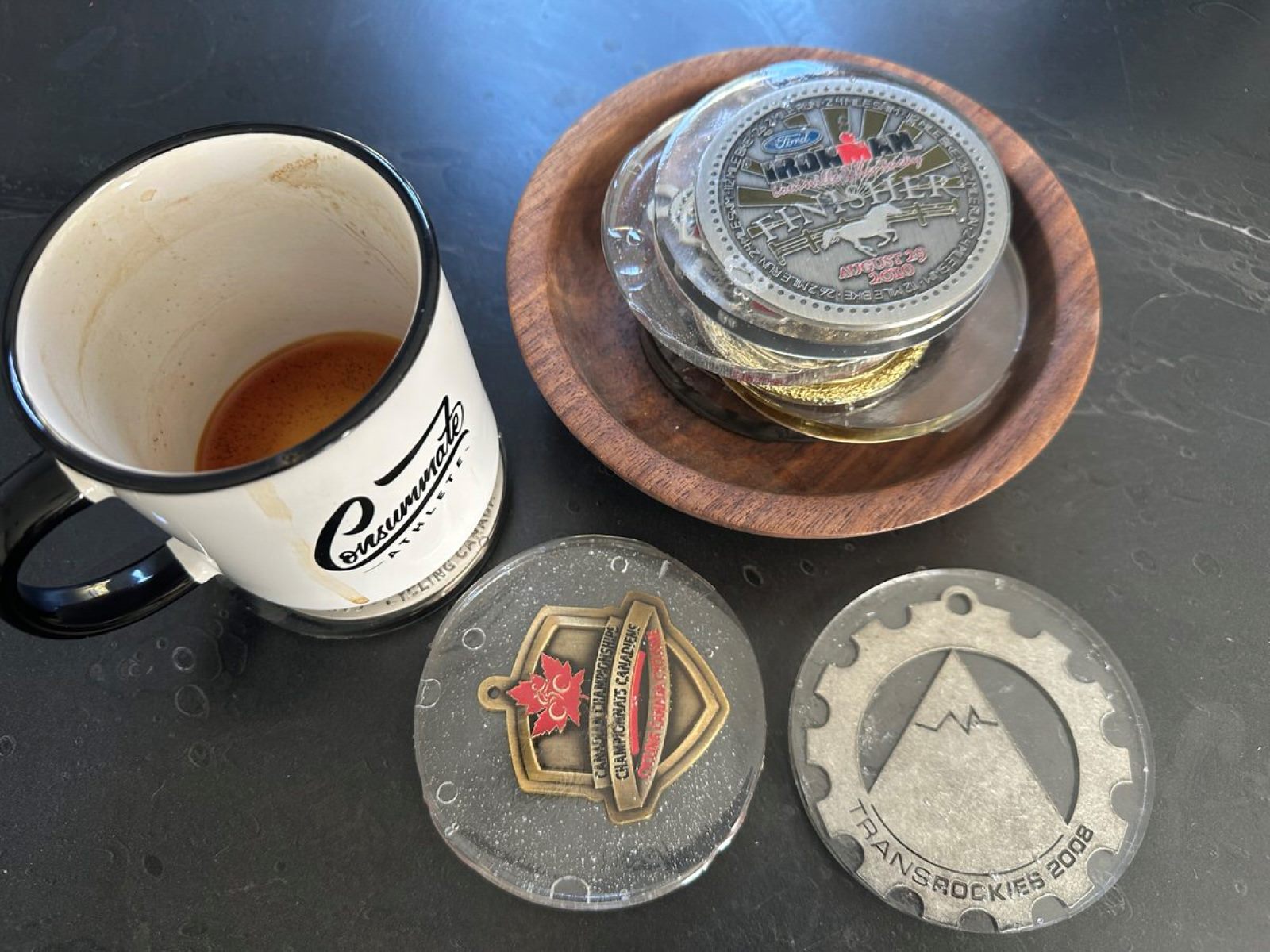
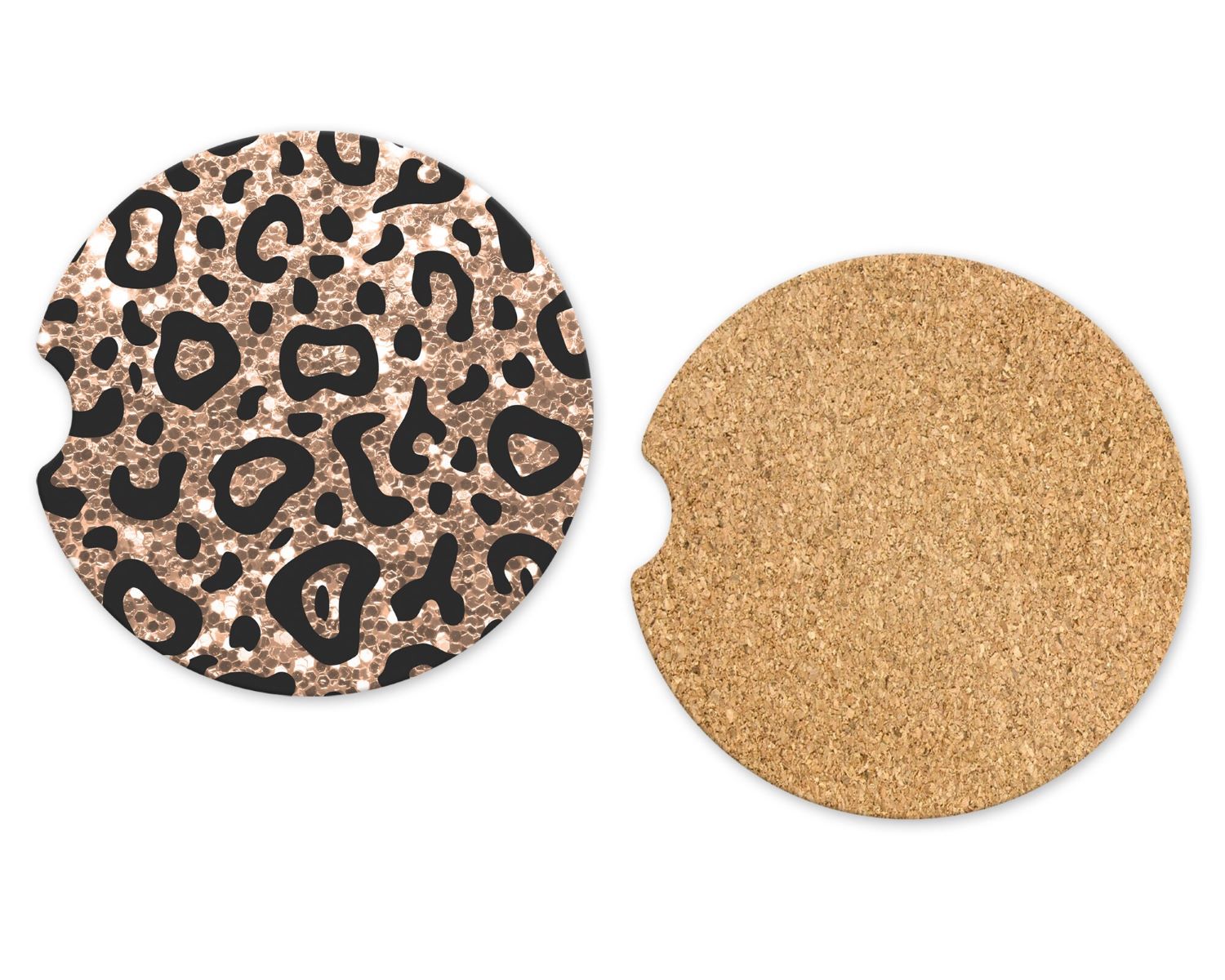
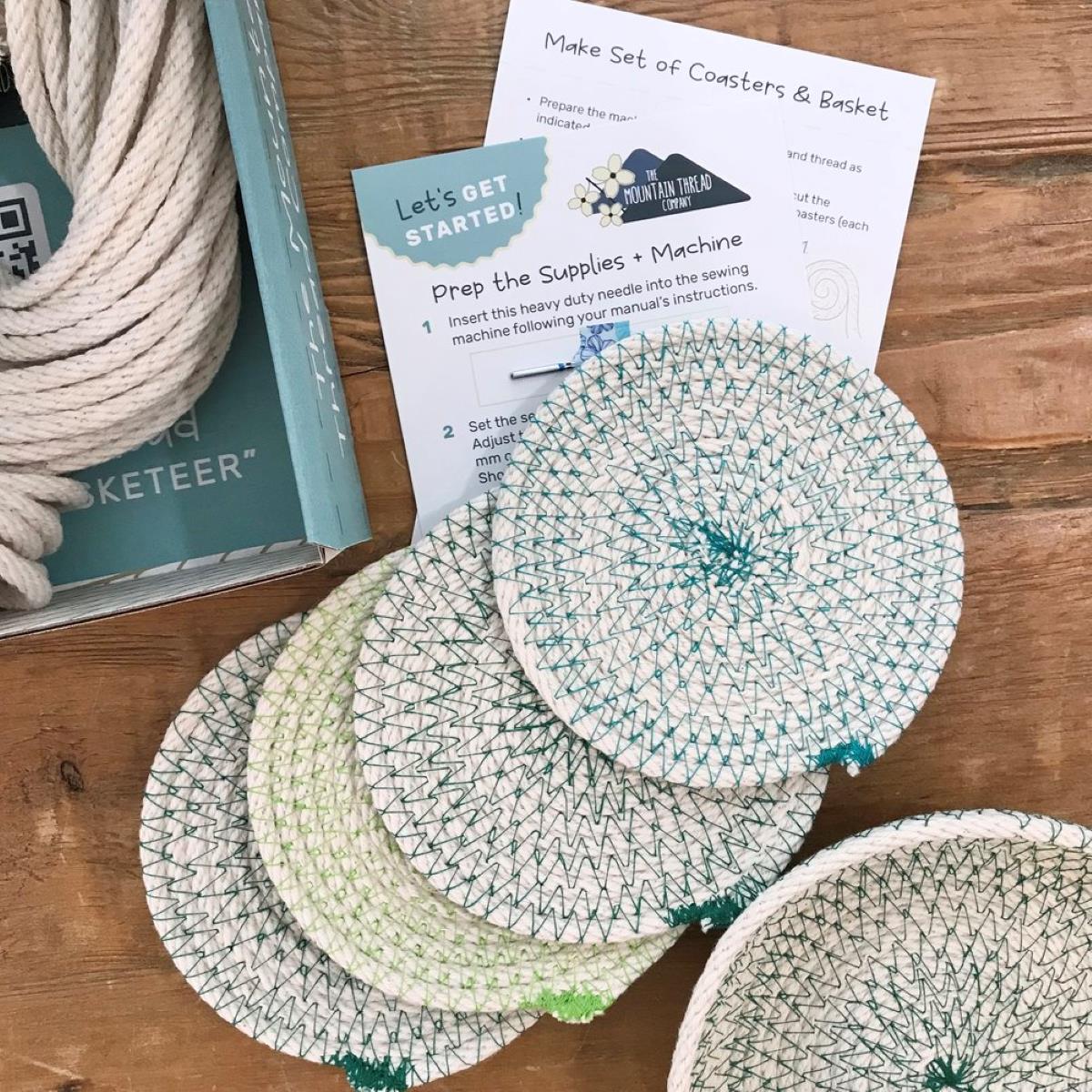
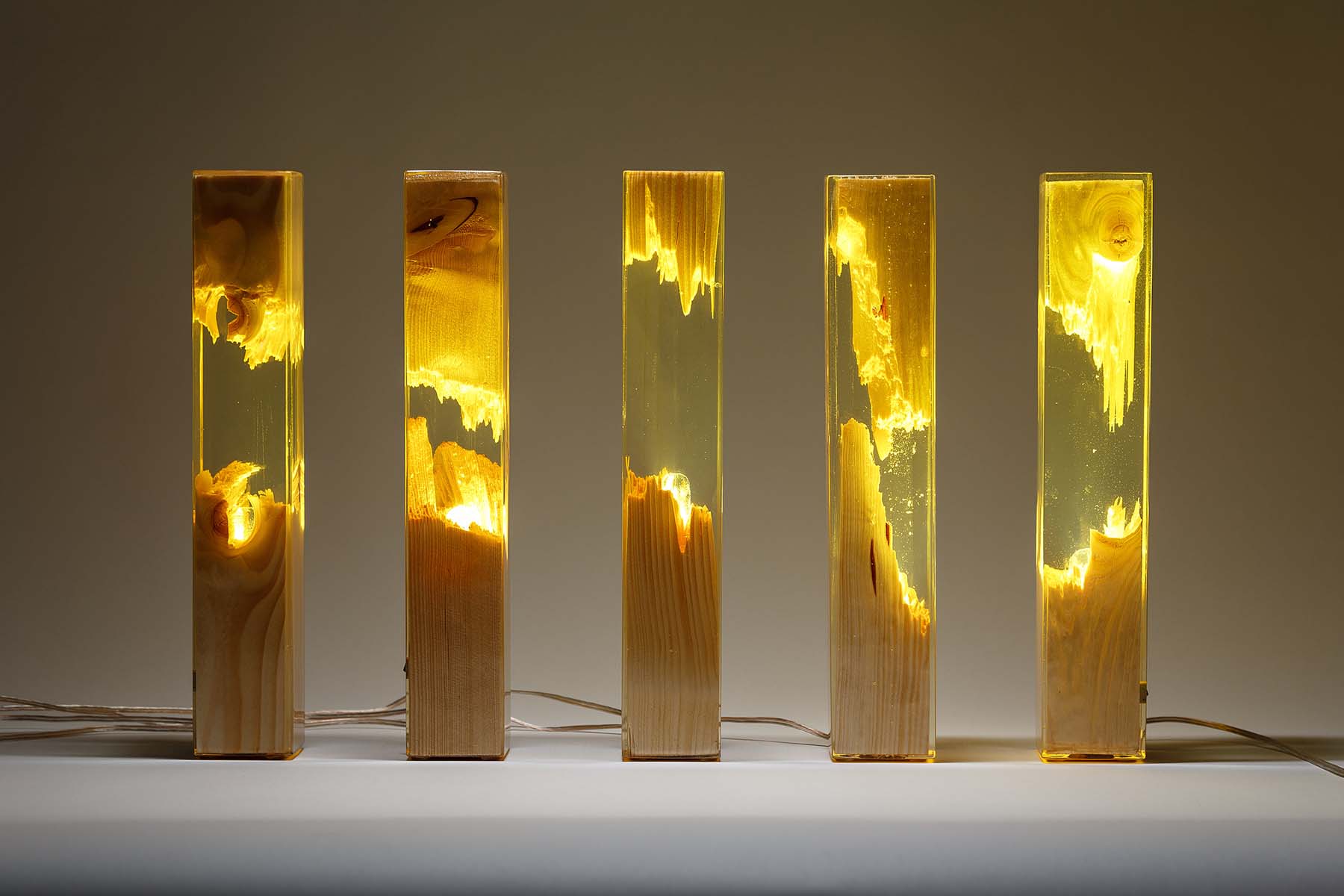
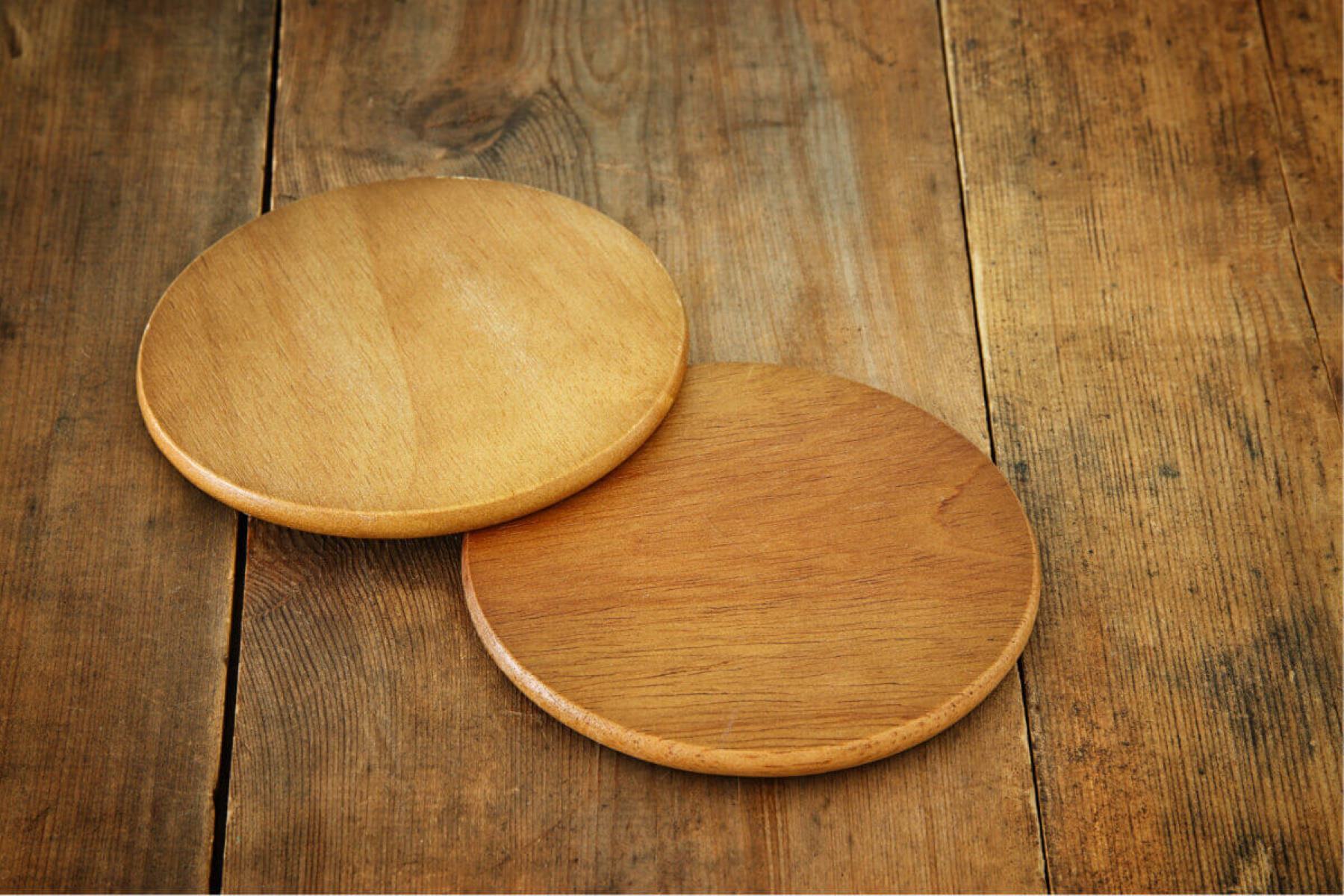
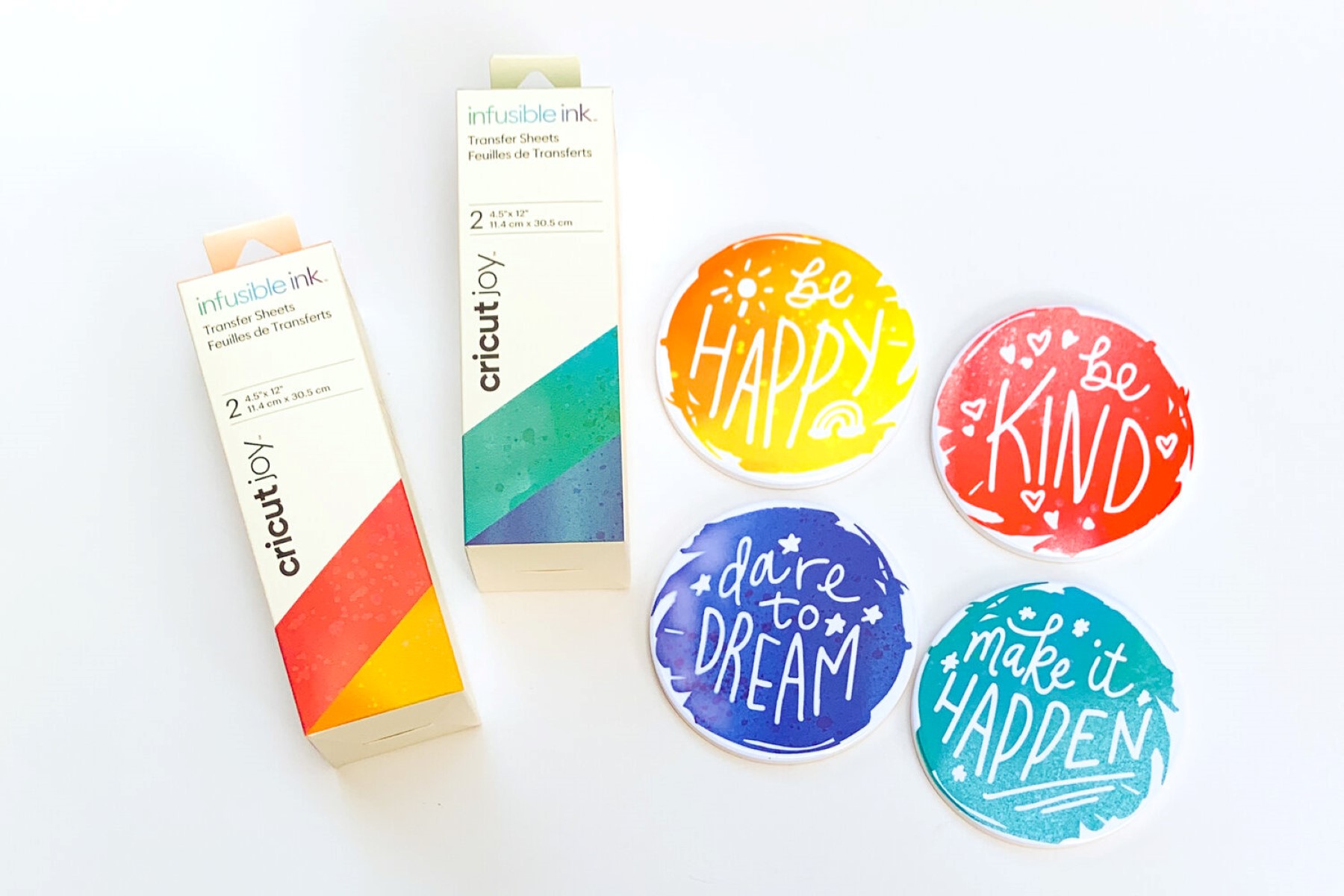
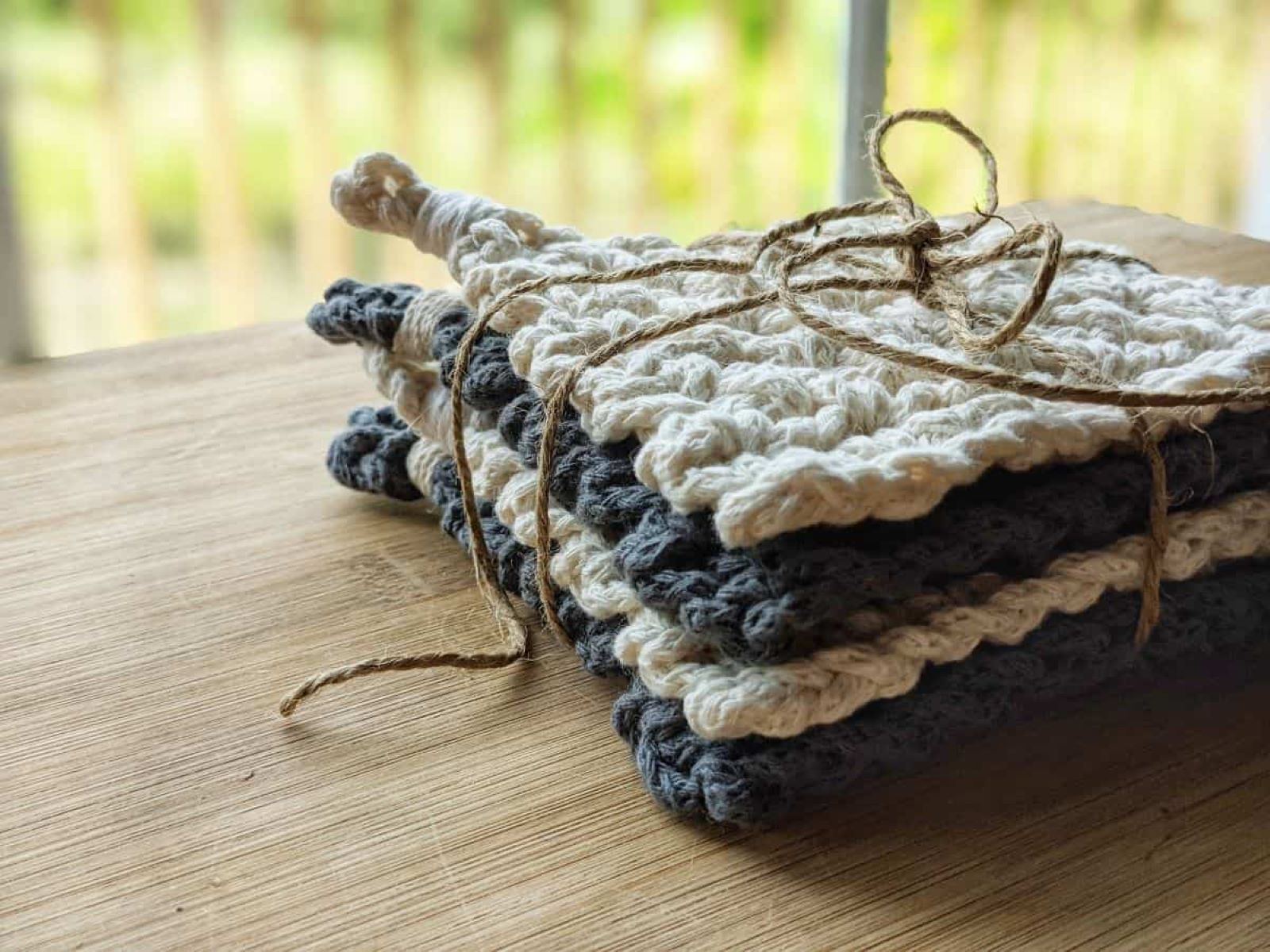
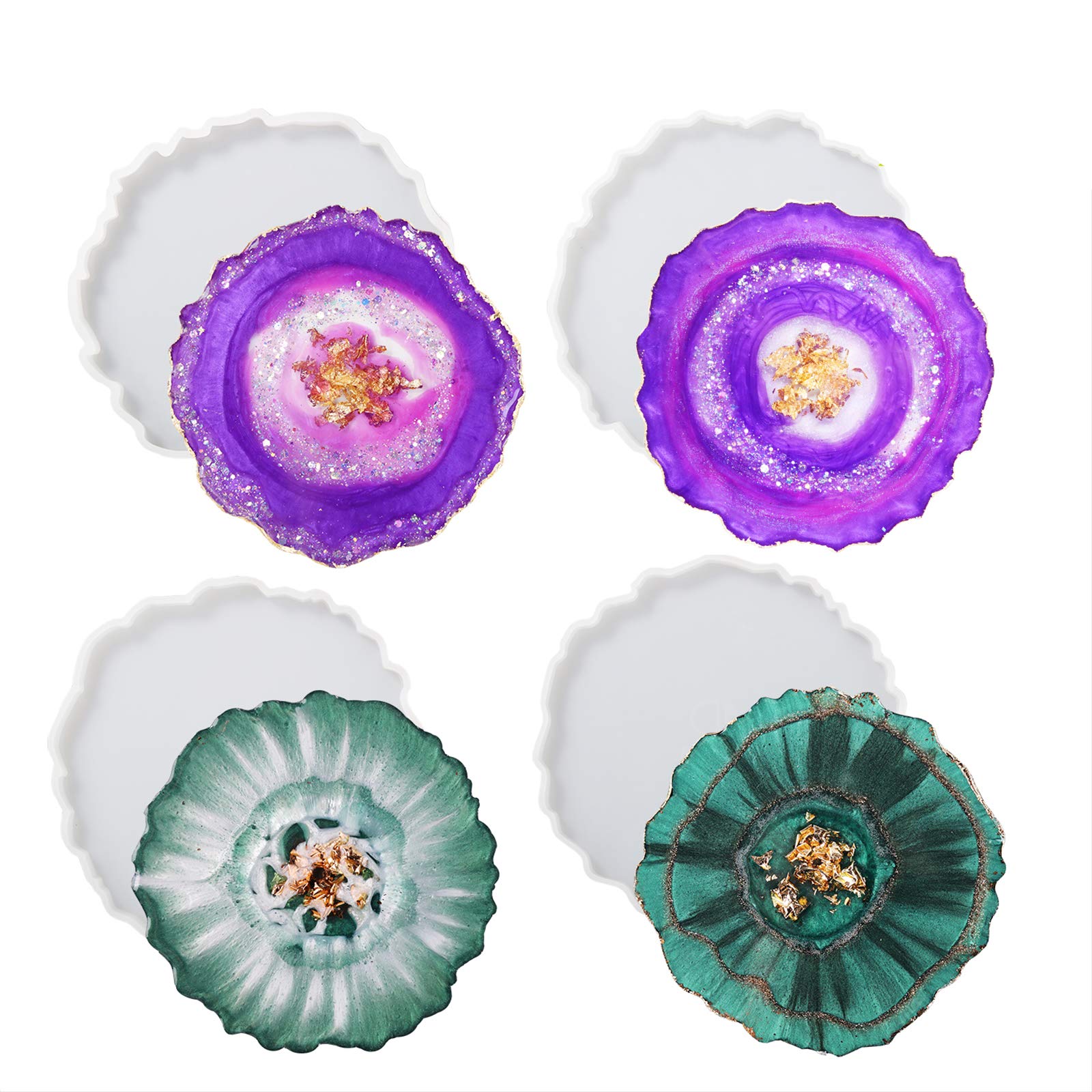
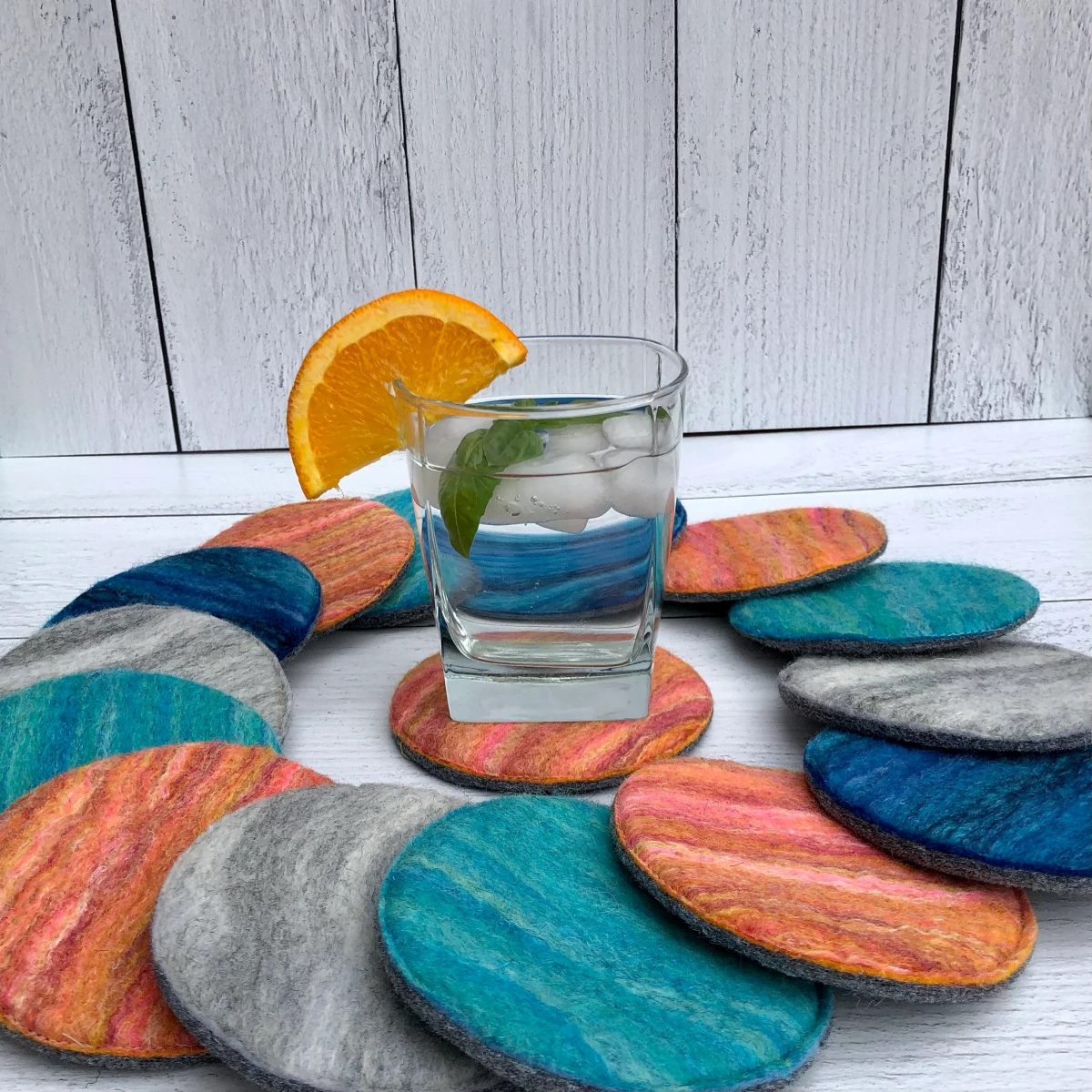
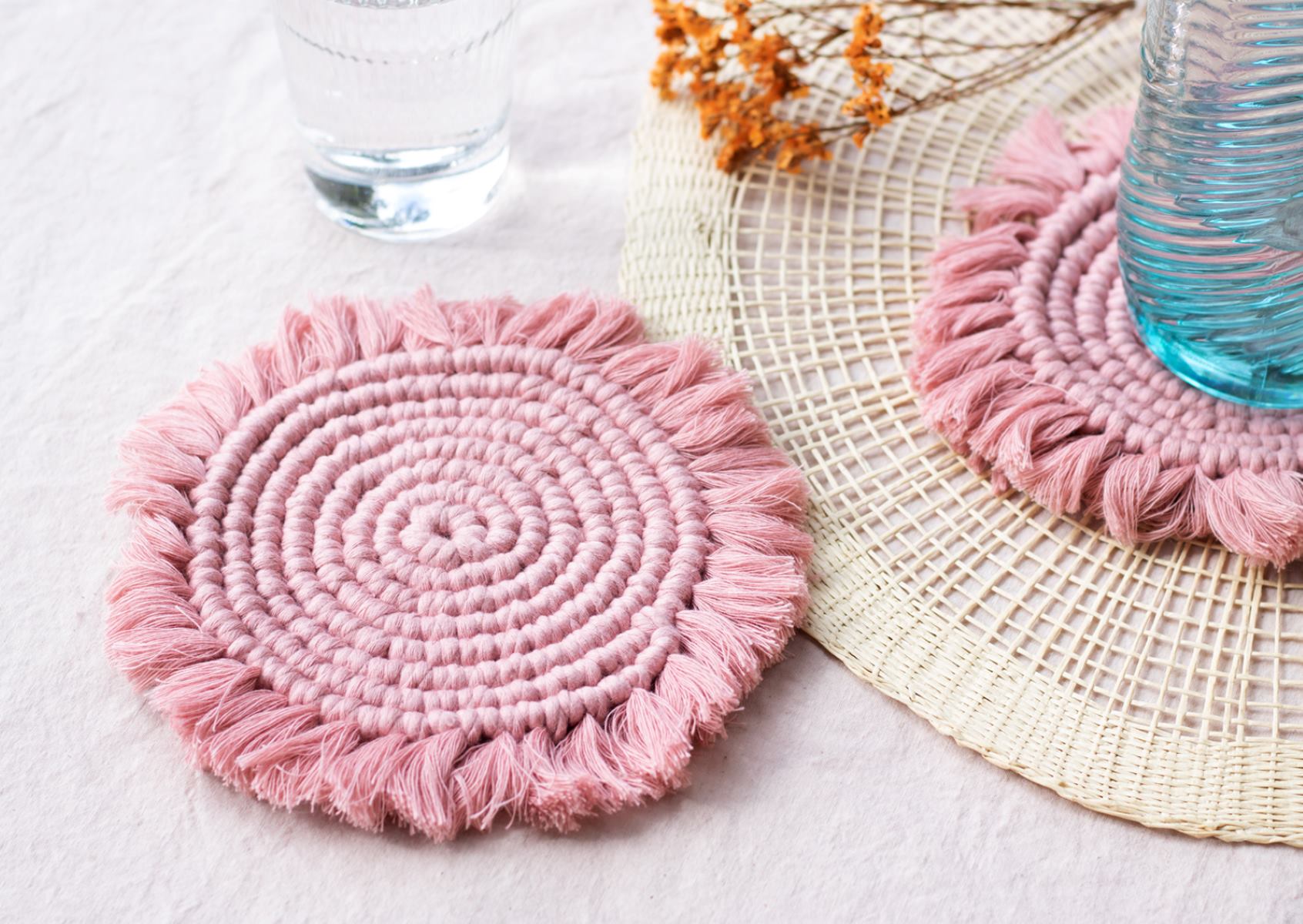
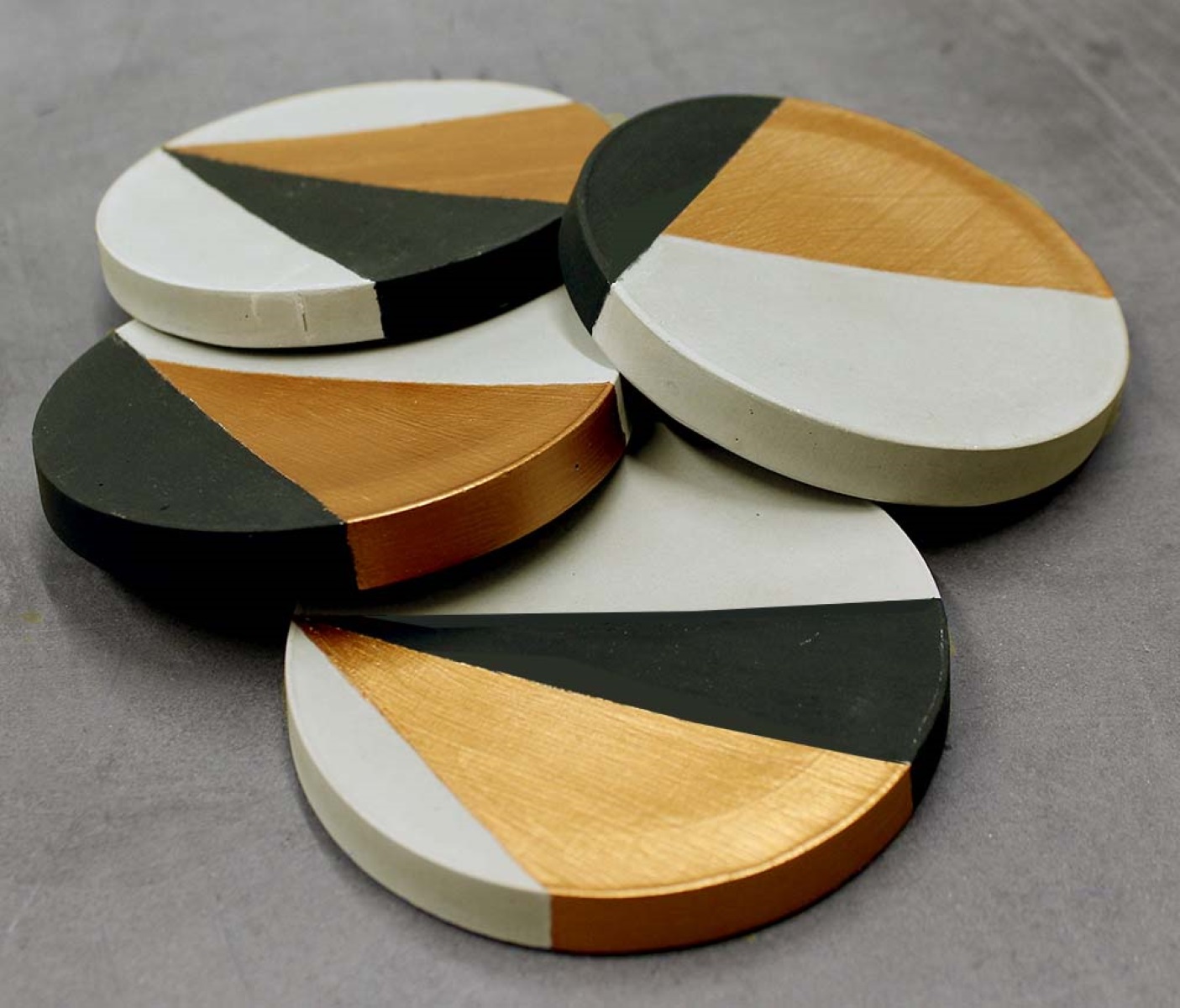
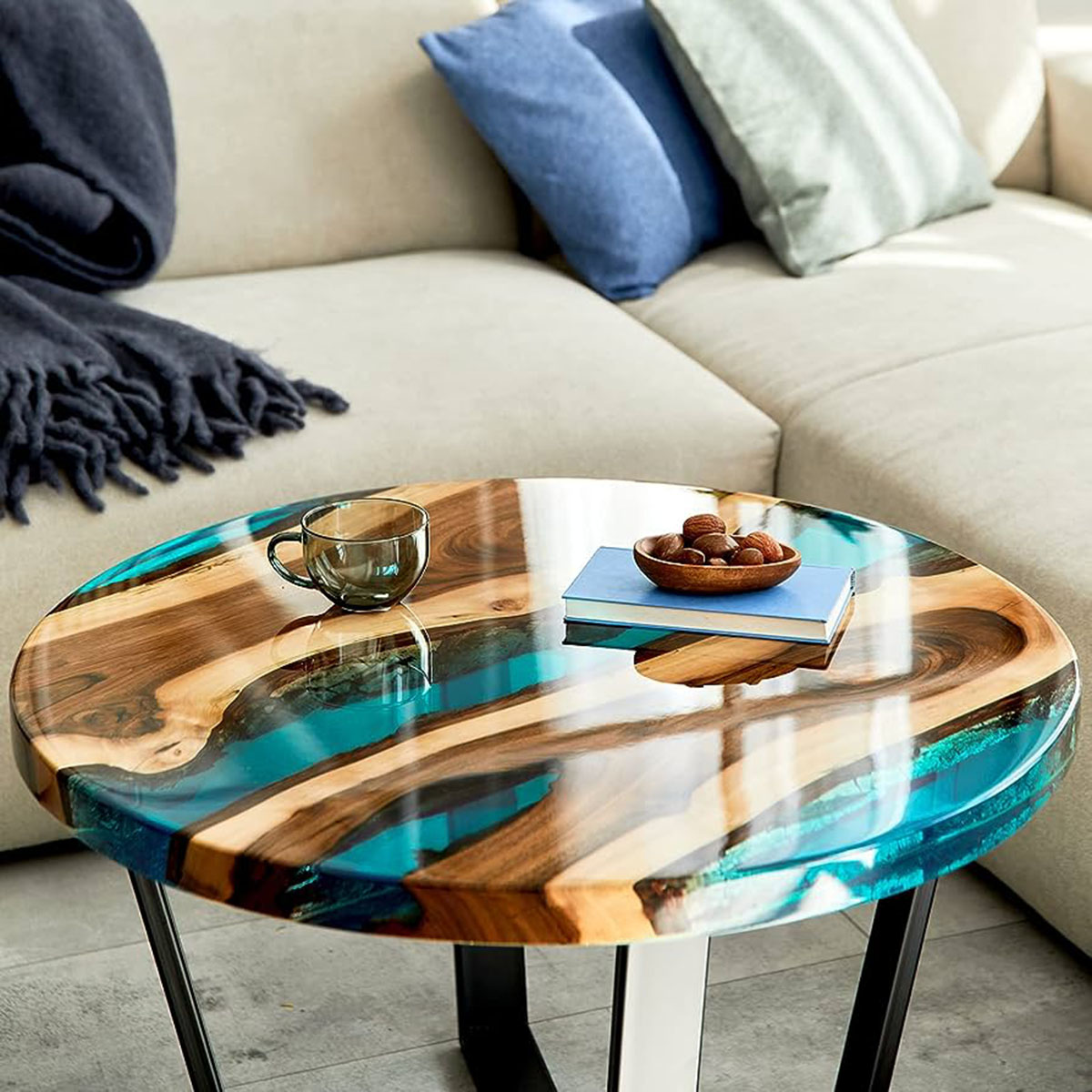
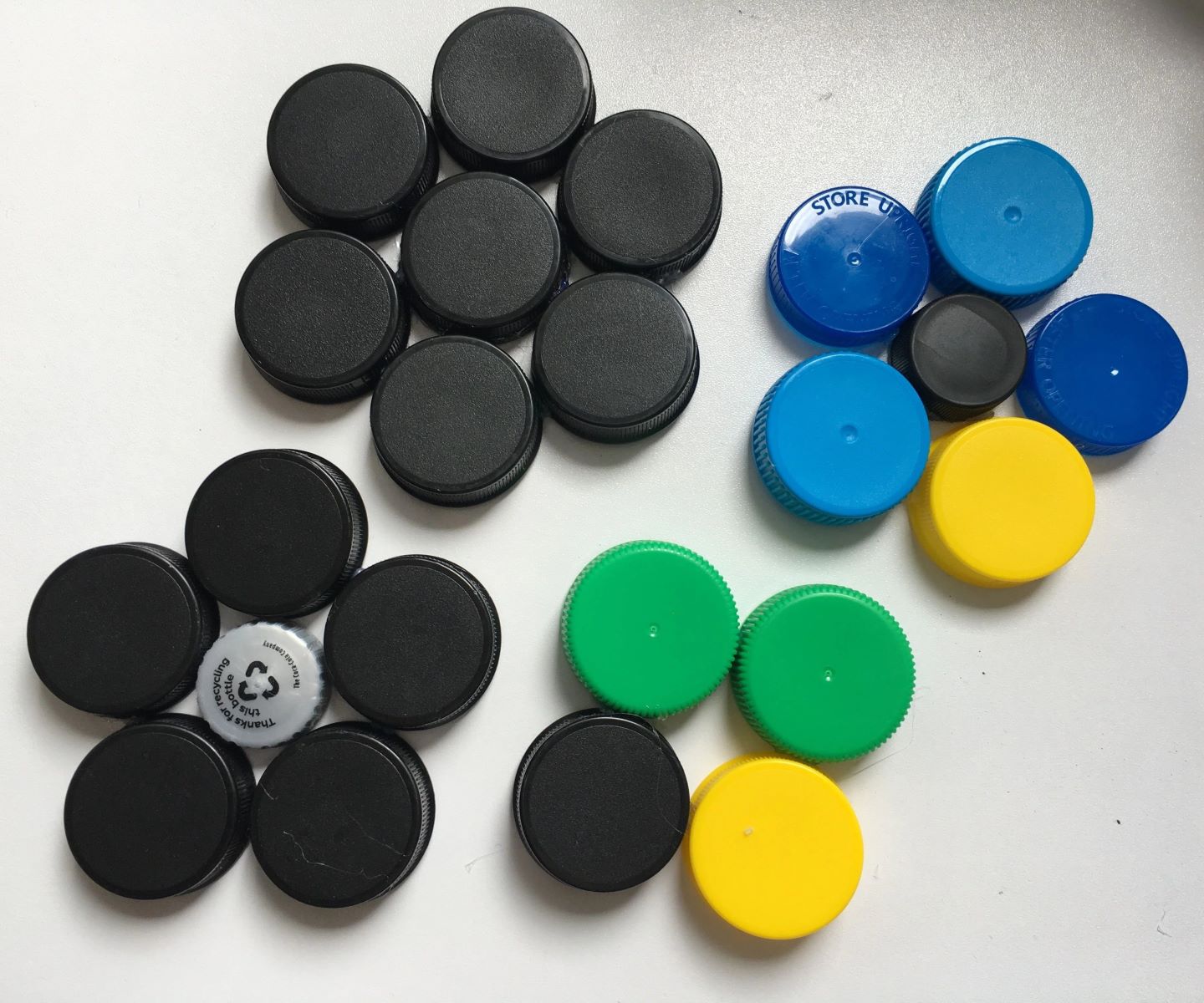

0 thoughts on “How To Make Resin Car Coasters”